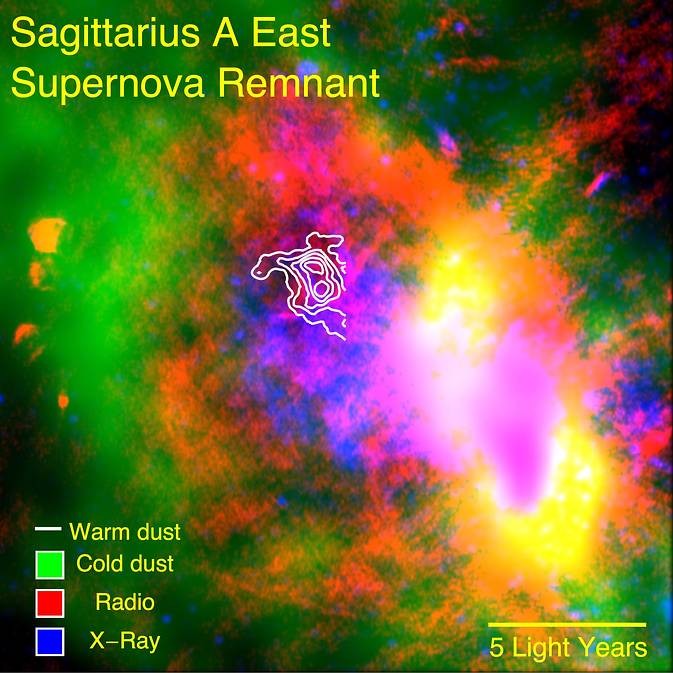Astronomers have discovered the dust of an ancient superova with the help of a powerful, gigantic telescope, which are detected near the center of the Milky Way galaxy.
Scientists find this ancient dust interesting since it survived the destructive explosions of an expanding supernova and its presence suggest planet forming theories as this dust indicates that many galaxies are rich in dust and elements.
According to the lead author Ryan Lau from Cornell University, dust in itself is very pivotal since it is the main ingredient in forming stars and planets, so knowing where it comes from is an important question.
The research team believes the theory that supernovae produce all the dust seen in galaxies beginning from the early universe. Scientists have always believed that heavy elements formed in the universe were created by supernovae as their massive explosions generate stars that run out of fuel and die.
When these explosions occur in the supernovae, they are powerful enough to create dust that are rich in materials that can bring forth generations of stars and planets.
In order to support this theory, scientists gathered data from the FORCAST (the Faint Object Infrared Camera Telescope) mounted on SOFIA (the Stratospheric Observatory for Infrared Astronomy) which is a project between NASA and German Aerospace Center and the Universities Space Research Association.
SOFIA is an extensively modified Boeing 747SP aircraft that serves as an observatory, flying above the planet's atmosphere at an altitude of 45,000 feet. The FORCAST telescope is a 747-mounted, 2.5 meter diameter infrared telescope that works together on board the SOFIA aircraft.
Ground based telescopes cannot detect long infrared wavelengths as the atmosphere blocks any space emissions that can reach the Earth's surface where not even a space observatory can observe the wavelengths like SOFIA can.
When the flying observatory pinpointed and detailed Sagittarius A East, which is a 10,000 year old supernova remnant located near the Milky Way's center, SOFIA captured this dust using its infrared capabilities for the first time which turns out to be abundant in star-making elements.
Lau adds that there has been no direct observations of this dust surviving a supernova explosion until now, and this is why SOFIA's observations are so important.This study is published in the journal, Science Express.



























